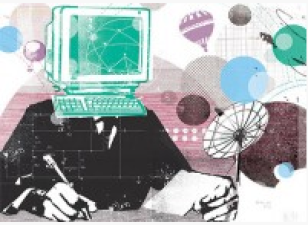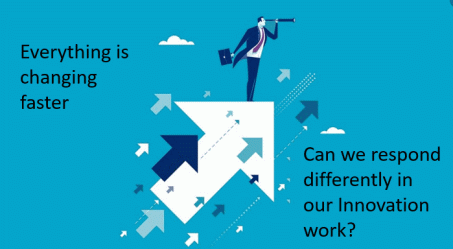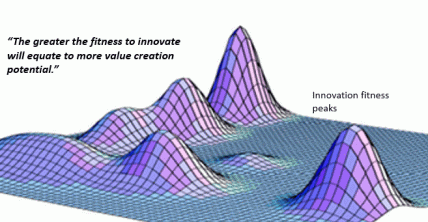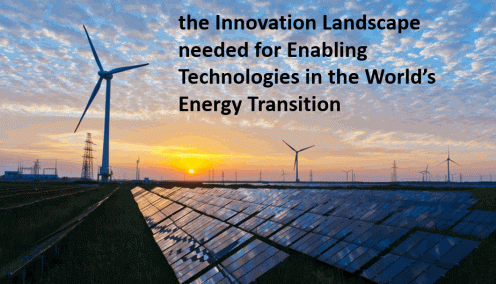 In the last few months, I have got increasingly nervous about where we are NOT going on climate change
In the last few months, I have got increasingly nervous about where we are NOT going on climate change
I have never before published one article on each of my three posting sites. This post I just had to. It is shaping me in how I look at innovation, collaboration, the power of networks, ecosystems and most of all, in our world of energy transition needed to reverse climate warming. So apologies if you see it on three separate sites but I don’t apologize for my real, underlying concern on where we are seemingly heading as a world.
The bush fires of Australia have been shocking, devastating, and crippling. They catalyze the concerns we all should have.
Each of us might or likely will face a shocking, devastating or crippling “event” in our lives in the next ten to twenty years. I feel it is inevitable, irrespective if we stopped all the debates and did the level of investment, we need to reverse the climate warming.
The next ten years of our investments in cutting emissions and refocusing our energy needs must go towards clean energy (renewables). Our ability to make a change will determine if these events recently will become the new norm, as our planet spins even more out of our ability to control climate-warming through greenhouse gases.
So I have to move through this shocking, devastating, and crippling effect but have I have begun to accept the reality that our world is in a “state of climate alarm,” not just a “climate emergency.” Continue reading “Politics, Economics and Climate need to come together.”
 The more we embrace change and recognize innovation demands more of our time, the more we must seek out knowledge that ‘feeds’ innovation. And the more we ‘push’ for learning, the greater chance we have of thriving in a challenging world.
The more we embrace change and recognize innovation demands more of our time, the more we must seek out knowledge that ‘feeds’ innovation. And the more we ‘push’ for learning, the greater chance we have of thriving in a challenging world.







